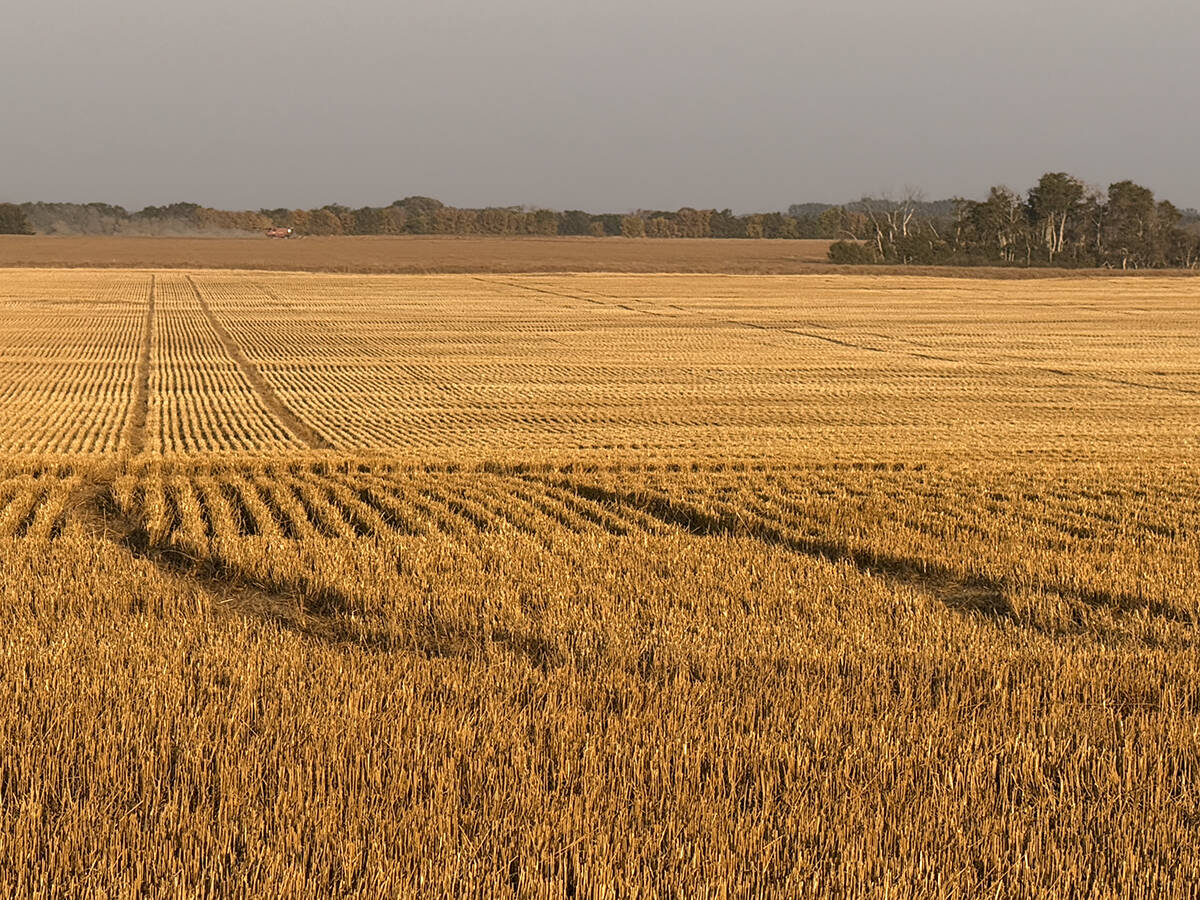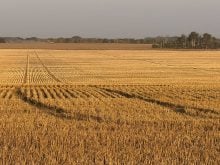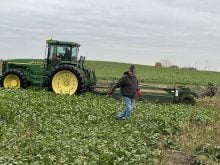REGINA – Within a few weeks, officials from the U.S. Department of Commerce will be poring over the books of Canadian wheat farmers.
They will try to determine how much it cost Canadian farmers to grow hard red spring wheat.
And they’ll be using the results as evidence in their anti-dumping investigation of the Canadian Wheat Board.
CWB officials say the move indicates the U.S. knows there is no evidence that the board has been selling wheat south of the border for less than market value, which is the usual definition of dumping.
Read Also

Final crop reports show strong yields, quality
Crops yielded above average across the Prairies this year, and quality is generally average to above-average.
However, under U.S. trade law dumping can also be defined as selling a product abroad for less than it costs to produce it at home.
The board says the U.S. may be able to build a successful case on that basis, given low world prices and high input costs.
“On cost of production, that’s a crapshoot, quite frankly, and we don’t know where we’d fall out on that,” said Jim Thompson, the board’s marketing manager for North America.
“Even if the legitimate world market value in the world is $3 a bushel and you’ve sold above the market at $3.50, if it cost you $4 to produce that bushel of wheat, they can challenge that sale and say you were dumping.”
He said wheat growers all over the world have been selling wheat for less than the cost of production in recent years, including the U.S.
The cost of production rule may work well with manufactured products such as steel or lumber, he added, but not for agricultural commodities, where production costs are beyond the control of the exporter and vary widely among growers.
Jim Petersen, marketing manager for the North Dakota Wheat Commission, which initiated the case, rejected the idea that the cost of production analysis is being done because the U.S. sees it as the only hope of winning.
“When you go into an investigation like this, you look at every angle,” he said.
The cost of production investigation involves only spring wheat. The durum investigation will proceed solely on the issue of selling below market value.
Details as to how the cost of production survey will be conducted were unknown as this week began.
The board has argued that farmers surveyed should represent different soil zones, be in the southern Prairies and produce a minimum of 300 to 400 tonnes of wheat annually.
The Americans want to use provincial and municipal boundaries rather than soil zones, and say the minimum size could be as low as 20 tonnes annual production.
The board also wants the survey to focus on large, diversified farmers who can spread their fixed costs over livestock or other crops.
“Wheat-only farmers would likely be a problem,” Thompson said.
Farmers who are asked to participate in the survey can refuse, although the board is encouraging them to participate and has hired the accounting firm Meyers Norris Penny to help farmers find information and fill out forms. It’s expected 15 to 60 farmers could be involved.
If U.S. investigators can’t find enough farmers to respond, they will use provincial government cost-of-production figures, which Thompson said would guarantee a U.S. win.
Producers are expected to have questionnaires around March 20. They will have two to three weeks to respond. A preliminary ruling is due May 1.














